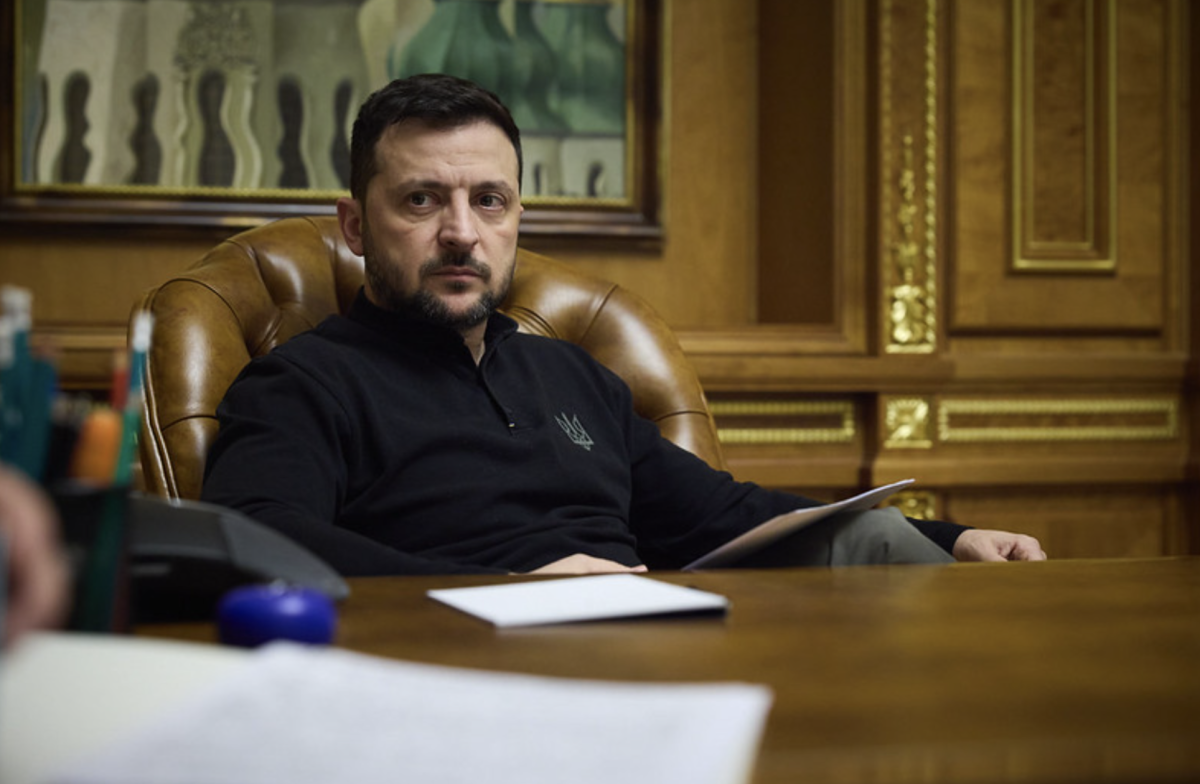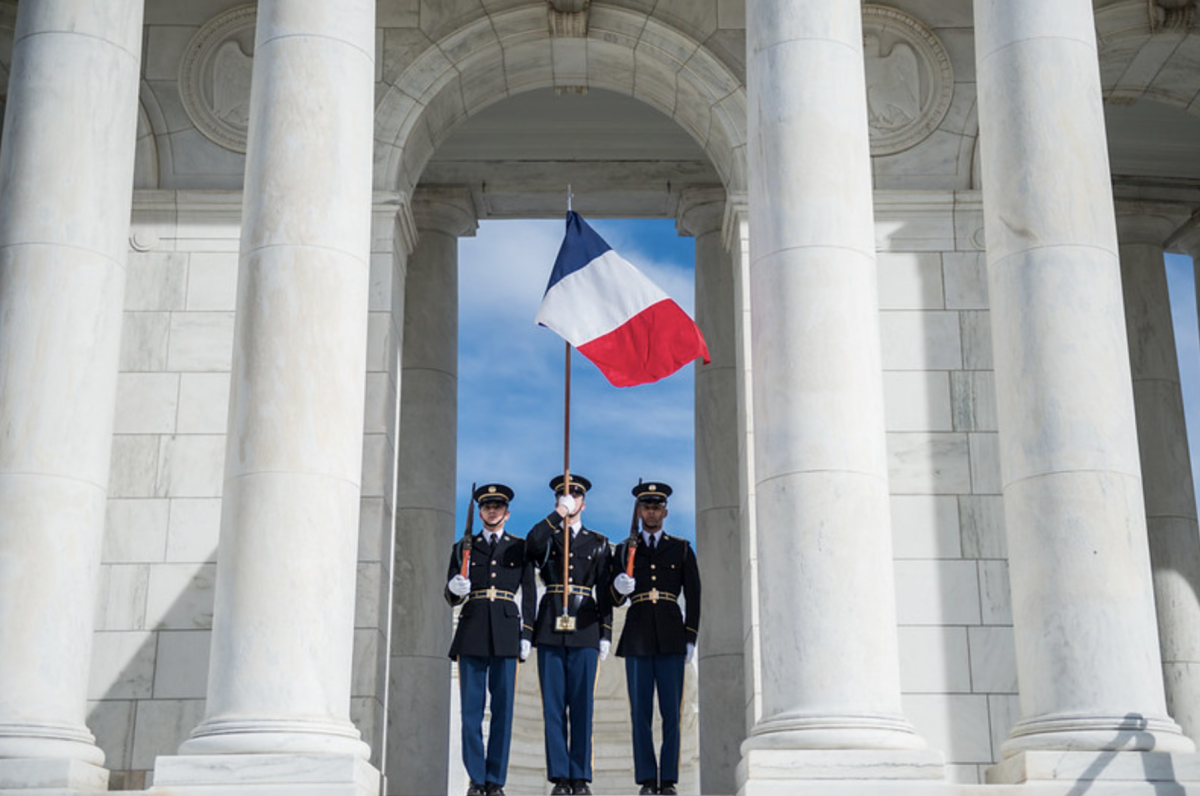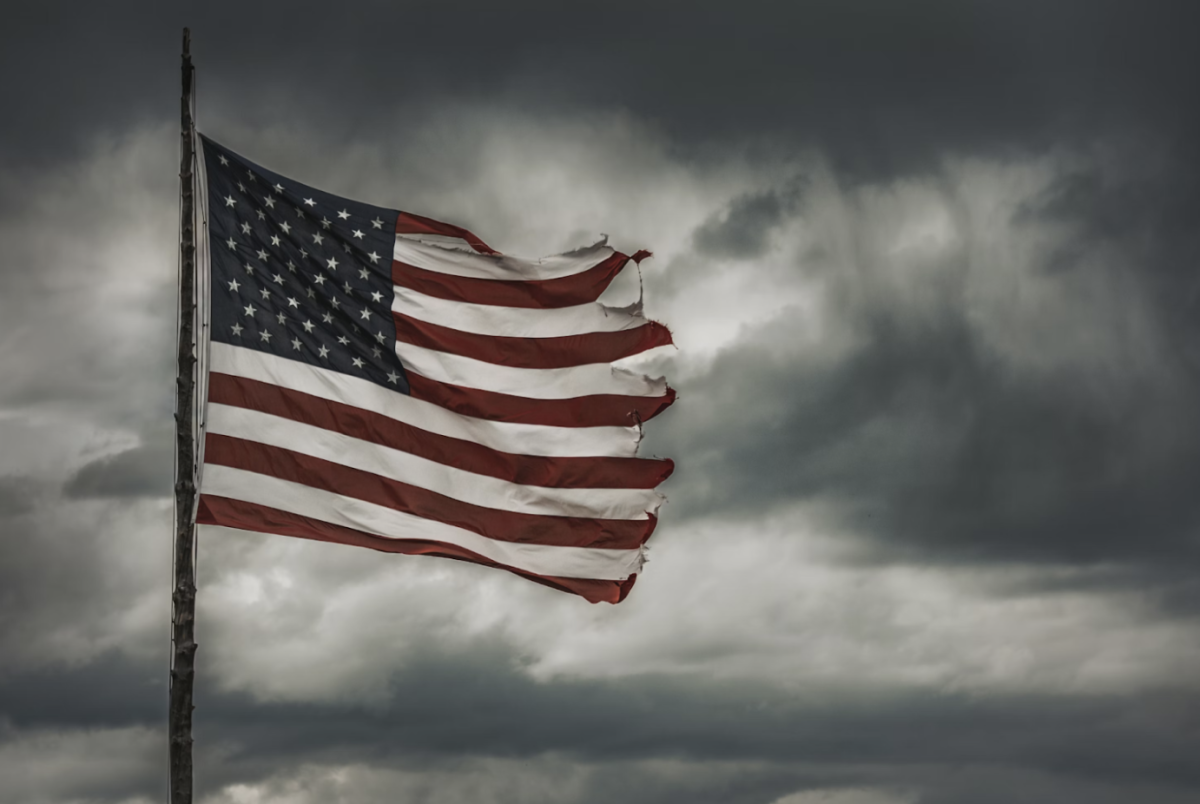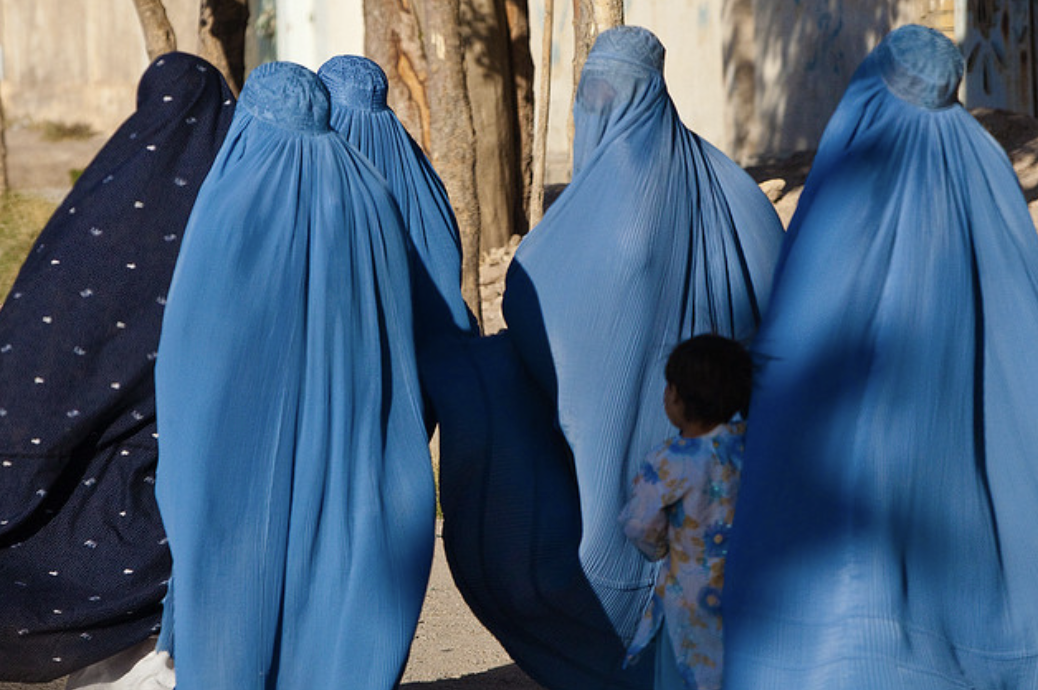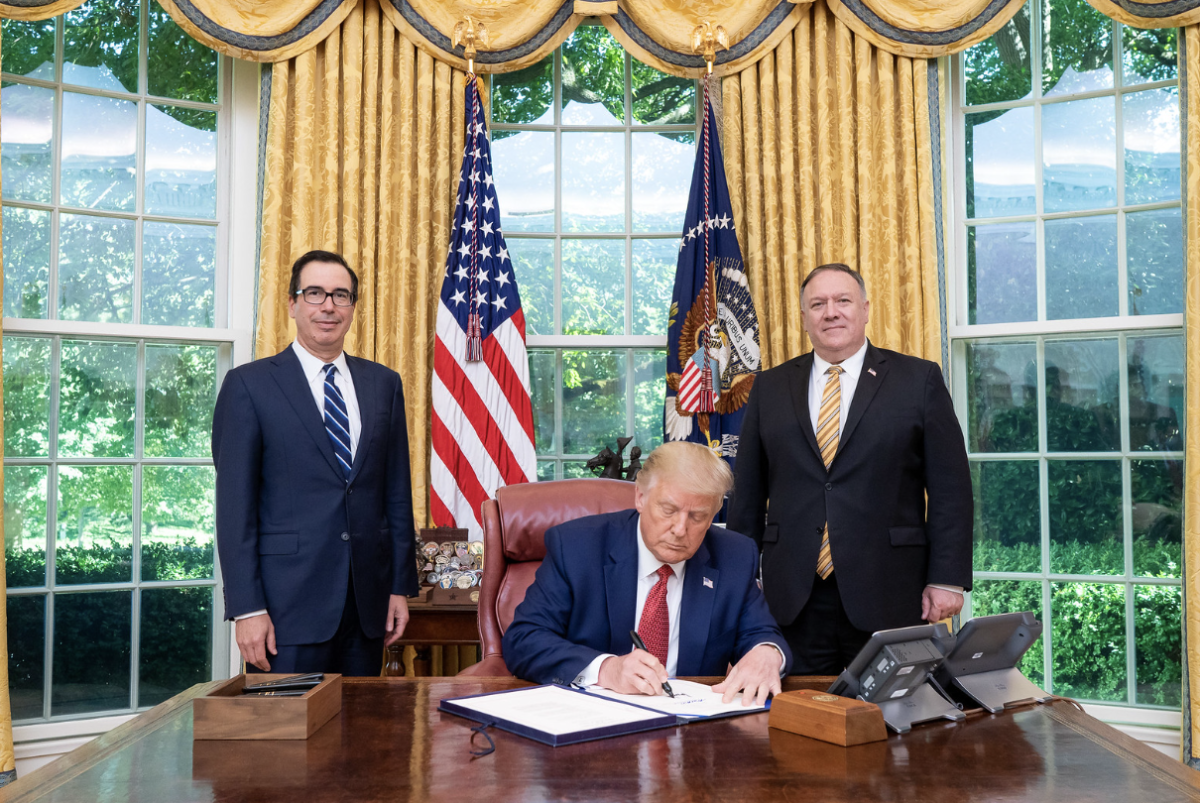On October 9th, 2012, a 15-year-old Pakistani female was shot in the head and neck while traveling home on a school bus in a Taliban-run assassination attempt. This young student was Malala Yousafzai, who is from the town of Mingora in Swat District, Khyber Pakhtunkwa province, Pakistan. Yousafzai is well known for her education and women’s rights activism in the Swat Valley, an area where the Taliban has regularly banned girls from attending school [1]. She appeared on the international stage in early 2009, when BBC published a blog she wrote that detailed her life under the Taliban regime. In the summer months of 2010, New York Times filmed a documentary about her life under the Pakistani military intervention in her region [2]. As she became more prominent—currently serving as chairperson of the District Child Assembly Swat and winning Pakistan’s first National Youth Peace Prize—her safety had become a bigger topic of concern.
Yousafzai, officially targeted by Taliban as “promoting secularism,” was riding home on a bus after taking an exam in Pakistan’s Swat Valley. A masked Taliban gunman, upon entering the bus, shouted: “Which one of you is Malala? Speak up, otherwise I will shoot you all.” Upon her being identified, she was shot twice—along with two other female students whose injuries have since then been fully treated [3]. Yousafzai was immediately airlifted to a military hospital in Peshawar, where she was sedated and doctors were forced to begin operating upon discovering massive swelling in the impacted left portion of her brain. After a three-hour operation, doctors were able to remove the bullet that had become stuck in her shoulder—a location that was dangerously close to her spinal cord. Yousafzai was treated in the intensive care unit of the military hospital in Pentawar, showing signs of improvement throughout the week. Interior Minister Rehman Malik made an announcement indicating that Yousafzai would be moved to the site of the “best medical treatment” as soon as she was stable enough to travel [4]. After continuing to make “slow and steady progress,” Yousafzai was sent to the United Kingdom early this morning for continued treatment [5]. She will continued to be treated at Queen Elizabeth Hospital Birmingham.
This single event has stirred an incredible amount of public reaction over the past week. Ehsanullah Ehsan, chief spokesman for the Pakistani Taliban, claimed full responsibility for the attack and added, “if she survives, we would target her again” [6]. Local protests in support of Yousafzai were held in Pakistani cities mere days after the attack, and world leaders have since unanimously condemned this horrible act. United States President Barack Obama recalled this as “reprehensible, disgusting, and tragic” and Secretary of State Hillary Clinton praised Yousafzai for her bravery in “standing up for the rights of girls,” claiming that the Taliban has been “threatened by this kind of empowerment” [7]. The day after the attack, UN Chief Ban Ki-moon called the perpetrators “heinous and cowardly…and must be swiftly brought to justice” [8]. Although Malik has claimed that the Taliban gunman who shot Yousafzai has been identified, there is still a strong desire for justice that hasn’t been satisfied yet.
This public reaction reached its climax this morning, with former British Prime Minister Gordon Brown (now the UN Special Envoy for Global Education) launching an official petition in honor of Yousafzai. In honor of continuing her work for educational rights for women, this petition has been launched “in support of what Malala fought [and will continue to fight] for” [9]. Using the slogan “I am Malala,” the petition: (1) calls on Pakistan to agree to a plan to deliver education for every child, (2) calls on countries to outlaw discrimination against girls, and (3) puts increased pressure on international organizations to put the world’s children in school by 2015 [9].
Despite the realistic horrors surrounding Malala Yousafzai’s assassination attempt, it is beginning to look like this event may breed a spirit of educational reform that Yousafzai could only dream of through her blogging and writing. With the “I am Malala” movement, the United Nations plans on moving full steam ahead to continue Yousafzai’s work for education. As quoted from a classmate of Yousafzai: “Every girl in Swat is Malala. We WILL educate ourselves. We will win. They can’t defeat us” [7].
[Image Credit: http://blogs-images.forbes.com/meghancasserly/files/2012/10/fullres-malala.jpg]
[1] http://www.bbc.co.uk/news/magazine-19899540
[2] http://www.nytimes.com/video/2012/10/09/world/asia/100000001835296/class-dismissed.html
[3] http://www.bbc.co.uk/news/world-asia-19954043
[4] http://thelede.blogs.nytimes.com/2012/10/11/pakistani-girl-airlifted-to-military-hospital/?hp
[5] http://www.guardian.co.uk/world/2012/oct/15/malala-yousafzai-pakistan
[6] http://www.washingtonpost.com/world/asia_pacific/taliban-says-it-shot-infidel-pakistani-teen-for-advocating-girls-rights/2012/10/09/29715632-1214-11e2-9a39-1f5a7f6fe945_story.html
[7] http://news.yahoo.com/pakistani-teen-still-critical-obama-calls-attack-tragic-172651454.html
[8] http://www.un.org/apps/news/story.asp?NewsID=43255&Cr=pakistan&Cr1=#.UHxkuLv_TxU
[9] http://www.huffingtonpost.com/gordon-brown/malala-yousafzai_b_1966409.html


